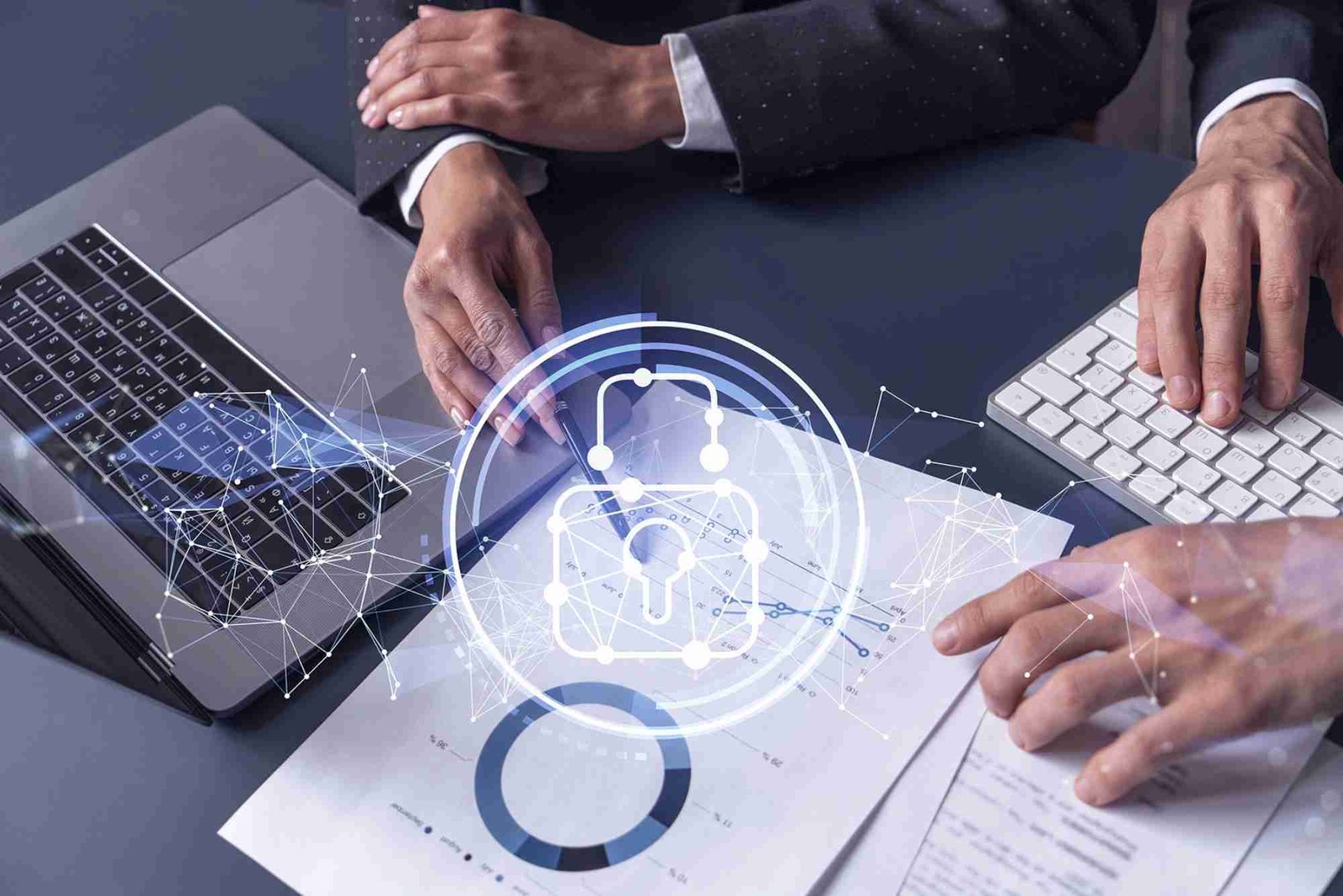Introduction
Cryptocurrency has completely transformed how we view money, investment, and financial independence. Whether you are new to this digital revolution or an experienced investor, understanding trading, mining, and safety practices is crucial for long-term success. Each aspect of crypto—trading, mining, and security—requires awareness, discipline, and continuous learning to maximize profit and minimize risk. This comprehensive guide will walk you through effective strategies, practical safety tips, and proven methods to enhance your cryptocurrency journey.
Understanding Cryptocurrency Trading
Trading in cryptocurrency involves buying and selling digital assets like Bitcoin, Ethereum, and other altcoins. It’s similar to stock trading but comes with higher volatility and faster market movements. Successful crypto traders rely on data, timing, and emotional control rather than luck.
Learn the Basics First
Before entering the trading world, familiarize yourself with fundamental concepts such as blockchain, market capitalization, liquidity, and trading pairs. Many beginners rush into the market without adequate understanding, often resulting in losses. A solid educational foundation will help you read charts, recognize trends, and make informed decisions.
Develop a Strategy
The key to profitable trading is having a clear strategy. Some traders prefer day trading, taking advantage of short-term market swings, while others focus on long-term holding (HODLing). Choose the method that matches your risk tolerance, time availability, and investment goals. Always test your strategy with small investments before committing larger funds.
Manage Your Emotions
One of the biggest challenges in trading is managing emotions. The crypto market can fluctuate wildly, tempting traders to buy during highs and sell during lows. Emotional trading often leads to poor decisions. Use stop-loss orders and avoid panic selling during market dips. Remember, patience and consistency pay off in the long run.
Use Reliable Exchanges
Always trade on reputable exchanges with strong security features and transparent operations. Research user reviews and confirm whether the platform follows proper regulatory standards. Exchanges like Binance, Coinbase, and Kraken have solid track records for reliability.
For a deeper dive into creating your own cryptocurrency, visit this complete how to create a cryptocurrency guide. It provides step-by-step insights for those interested in launching digital tokens safely and effectively.
Mining in Cryptocurrency
Mining is another crucial part of the cryptocurrency ecosystem. It involves verifying transactions on a blockchain and adding them to the ledger in exchange for rewards. While it may sound complex, mining plays a vital role in maintaining network security and decentralization.
Understanding How Mining Works
Mining requires solving complex cryptographic puzzles using specialized hardware. When miners successfully solve a block, they receive cryptocurrency rewards. This process helps validate transactions and prevent fraud. Bitcoin, for instance, uses a Proof of Work (PoW) mechanism, while newer cryptocurrencies often adopt energy-efficient alternatives like Proof of Stake (PoS).
Hardware and Software Essentials
To start mining, you need suitable hardware such as ASICs (Application-Specific Integrated Circuits) or GPUs (Graphics Processing Units). Each cryptocurrency has different mining requirements, so research the specific coin before investing in equipment. Software options like CGMiner or NiceHash can help you connect to mining pools and monitor performance.
Join a Mining Pool
Mining individually can be resource-intensive and less rewarding due to the high difficulty level. Joining a mining pool allows you to combine computational power with other miners, increasing your chances of earning consistent rewards.
Energy Efficiency and Costs
Mining consumes substantial electricity. To stay profitable, calculate the costs of energy, equipment maintenance, and cooling systems. Many miners now shift to renewable energy sources to reduce expenses and environmental impact.
Legal and Tax Considerations
Mining income is often taxable, depending on your country’s laws. Keep accurate records of your mining activities, earnings, and expenses. Consult with a tax expert familiar with digital assets to remain compliant.
Safety Tips for Trading and Mining
Security is the foundation of success in the crypto world. Without strong safety measures, even the most skilled trader or miner can suffer devastating losses. Cybercriminals constantly evolve their methods, so you must stay ahead.
Secure Your Wallets
Use hardware wallets or cold storage to keep your digital assets offline. Wallets like Ledger and Trezor offer superior protection compared to online or mobile wallets. Always back up your private keys and store them in multiple secure locations.
Enable Two-Factor Authentication (2FA)
2FA adds an extra layer of security by requiring a code generated on your device in addition to your password. This helps protect accounts from unauthorized access, even if your credentials are compromised.
Beware of Scams and Phishing
Cybercriminals often use fake websites, social media messages, or emails to trick users into sharing sensitive information. Double-check URLs and never click suspicious links. Official crypto platforms will never ask for private keys or passwords.
Keep Software Updated
Always keep your wallet apps, mining software, and operating systems updated. Updates often include essential security patches that fix known vulnerabilities.
Diversify and Backup
Never store all your cryptocurrency in one wallet or exchange. Diversify across multiple platforms and regularly back up your data to prevent complete loss in case of a breach.
Trading and Mining Mistakes to Avoid
Avoiding common mistakes can save you from significant financial setbacks. Many newcomers make avoidable errors due to overconfidence or lack of experience.
Overtrading
Trading too frequently leads to unnecessary transaction fees and emotional fatigue. Stick to your strategy and avoid reacting impulsively to every market movement.
Ignoring Research
Never invest in a cryptocurrency without proper research. Investigate the project’s whitepaper, team, use case, and community reputation. Relying on hype or social media rumors often results in loss.
Using Unsecured Networks
Avoid trading or accessing wallets through public Wi-Fi. Use a VPN for added privacy and to protect your connection from cyberattacks.
Skipping Security Steps
Simple measures like setting strong passwords, using encryption, and enabling 2FA can make a huge difference. Don’t skip them for convenience.
Future of Trading and Mining
The crypto landscape evolves rapidly, bringing new opportunities and challenges. Technological advancements, including AI-driven trading bots, decentralized finance (DeFi), and green mining, are shaping the future.
Rise of AI and Automation
AI algorithms can analyze massive Trading, Mining & Safety Tips datasets to predict market trends, execute trades, and manage risks automatically. However, while automation is powerful, it still requires human oversight to ensure ethical and strategic use.
Eco-Friendly Mining
As environmental concerns grow, more miners are adopting renewable energy and Proof of Stake models to reduce carbon emissions. This shift makes the crypto ecosystem more sustainable and globally acceptable.
Institutional Involvement
Large financial institutions are now investing in crypto, adding legitimacy and stability to the market. This institutional involvement may help reduce volatility and improve market maturity.
For more learning materials, check out these related cryptocurrency resources that cover trading, blockchain technology, and investment strategies.
Stay Smart, Safe, and Informed
Trading and mining are exciting yet challenging parts of the cryptocurrency world. Success requires continuous education, emotional discipline, and strict security habits. Always research before investing, stay updated with industry trends, and protect your digital assets at all costs.
If you’re serious about mastering cryptocurrency, explore our complete how to create a cryptocurrency guide and browse related cryptocurrency resources for expert insights. For further professional collaboration, connect with our editorial partner for trusted market analysis and crypto support.
FAQs
What is the safest way to trade cryptocurrency?
Use reputable exchanges, enable 2FA, store assets in hardware wallets, and avoid emotional trading.
Can I start mining with a regular computer?
You can mine some smaller coins using a standard PC, but profitable mining generally requires specialized hardware.
How do I protect myself from crypto scams?
Avoid clicking unknown links, verify sources, and never share private keys. Research projects before investing.
Is mining still profitable in 2025?
Yes, but profitability depends on electricity costs, hardware efficiency, and market conditions. Always calculate potential returns before starting.
How much money should I invest in trading?
Only invest what you can afford to lose. Start small, learn the market, and expand gradually.








